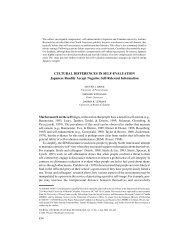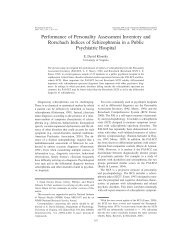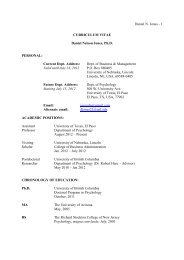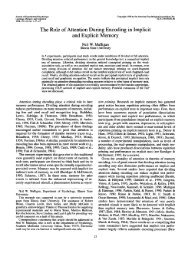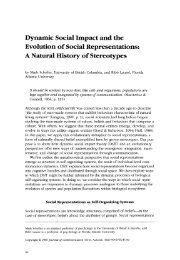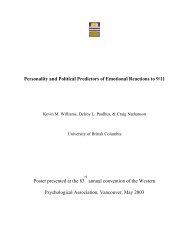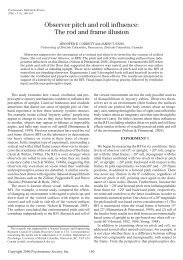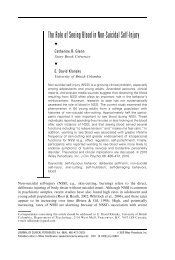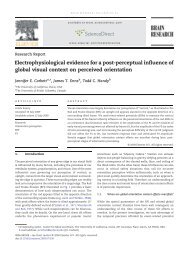Syllabus
Syllabus
Syllabus
Create successful ePaper yourself
Turn your PDF publications into a flip-book with our unique Google optimized e-Paper software.
concerns, and energizing the discussion. This DL will lead off the class with a 15 minute<br />
presentation. Discussion leaders may meet with me prior to their discussion leading, but<br />
this is up to them to arrange.<br />
Database Review<br />
Students will also be asked to review the existing databases that are available for use.<br />
These may be publically available data sources or datasets created by specific<br />
researchers. Reviews should focus on (1) what information is available in the data source,<br />
(2) how was it collected (sampling), when, and by whom, (3) what are the shortcomings<br />
of the data source, (4) how can we access it, and (5) what questions might this data<br />
source address especially when combined with other data sources. Ideally, students will<br />
have actually obtained (e.g., downloaded and converted) the data source and worked with<br />
it.<br />
Every student will be required to review two data sources (1) one source assigned by the<br />
professor (from his list) and (2) one that the student locates on his or her own. Students<br />
with particular interests that might favor one or another database should make the<br />
professor aware of this.<br />
Final paper:<br />
The final paper will consist of three parts, and the absolute deadline is December 9 th . The<br />
subparts may be submitted individually, at any point during the semester.<br />
Part I. Design a set of experiments to confirm and extend empirical findings on “culture”<br />
from macro-level analyses. These may be findings from economics that we discussed or<br />
other findings. These experiments should (1) help detail the psychological, physiological<br />
or cognitive processes involved in creating the empirical patterns, and (2) contribute to<br />
explaining the variation (testing a theory for explaining the variation). A prime goal is to<br />
further develop theories of variation. Be clear about how your experiments accomplish<br />
this. Four pages is the target.<br />
Part II. Develop a simple, “first pass” test an existing psychological theory, idea, or claim<br />
and examine it using one (or preferably more) of the available global databases. Be clear<br />
about what your analysis tells us about this psychological theory, idea, or claim. Please<br />
also verify that no one has already done what you did. Five pages is the target. This will<br />
likely involve recombining data sets from different sources. Consider what additional<br />
data or analytical technique you’d need to really nail this down.<br />
Part III. Review either (a) the existing evidence for cumulative cultural transmission or<br />
(b) the available theory. After reviewing it, highlight the gaps and propose a way of<br />
filling the gaps, either theoretically, empirically, or both. Five pages here.<br />
Student must submit a paragraph describing their plans for Part I and II during<br />
November, or sooner. Students may want to submit early to “claim” certain ideas, or they<br />
can wait to be inspired by other people’s ideas. Each student, however, must pursue their<br />
2 | P age



